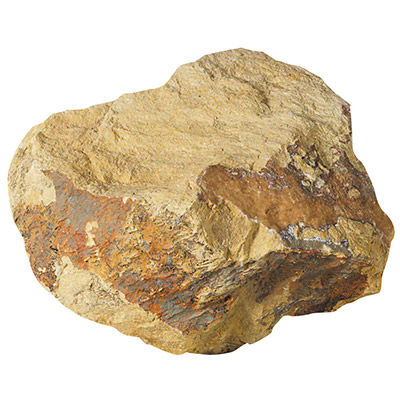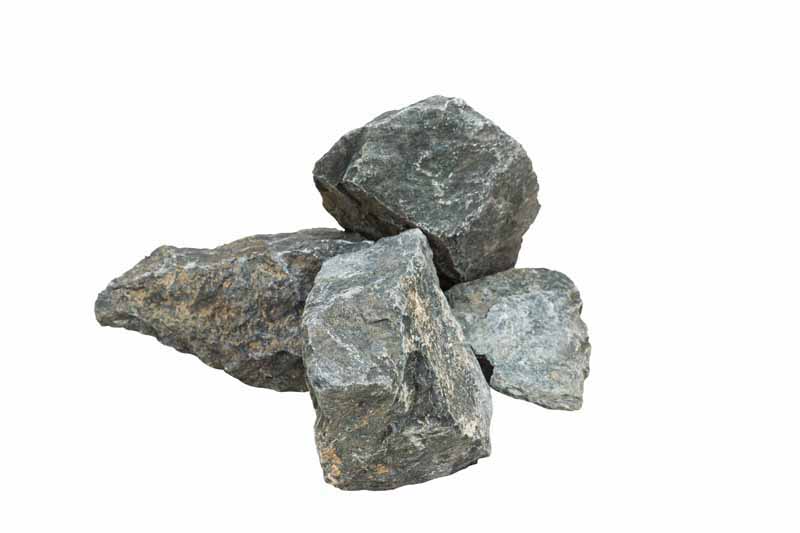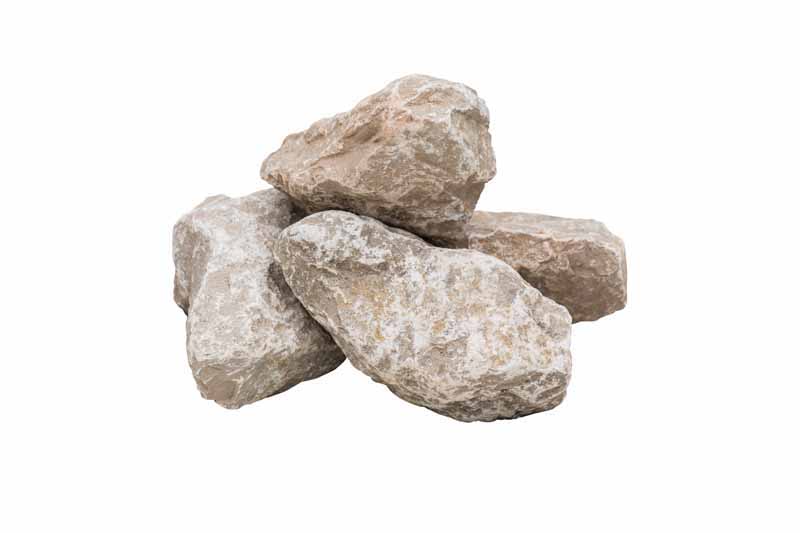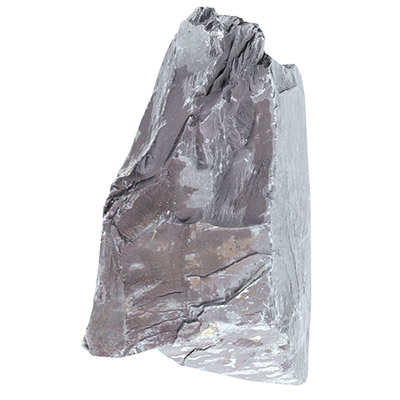Look back to history
Rockeries first started becoming popular in England back in the 18th century as part of the garden landscape movement of the time. Designs then went on to be influenced by explorers in Victorian times, who bought alpine plants into the UK. This led to the creation of some outlandish projects in England, such as Sir Frank Crisp’s mini-Matterhorn at Friar Park in Henley-on-Thames, complete with its own tin mountain goats.
Your classic English rockery may not end up being quite so quirky, but this sort of eccentricity does give you an idea of how much imagination can be bought into play if you want to create your own take on a ‘classic’ design.
Rockeries had become a common sight in less grand gardens by the end of the 1900s, and by the ‘70s, there were all sorts of what the designer Joe Swift dubbed ‘currant bun’ rockeries in suburban gardens all over the country. These were essentially mounds of earth that had rocks stacked on top and random plants stuck in the gaps.
With the advent of the likes of Pinterest and Instagram, rockeries have been given more design thought in recent years, but there is still plenty of scope for individuality when it comes to creating your classic English rockery.
Multitude of options
Just as there are a host of different rockery stones and rocks to suit all budgets, there are a wide variety of design options out there. In terms of planting, heathers are a massive on-trend feature in modern ‘classic’ rockeries. They are superb for providing colour and foliage and, what definitely adds to their appeal, is their low demands. Heathers are extremely low maintenance. They are also a great pollinator for wildlife in the garden.
Heathers make a great accompaniment to all sorts of rockery stones, from the Deco-Pak Green Forest Rockery or Rustic Slate Rockery to Coniston Slate Stones. If you want your classic English rockery to really fit into your existing garden space, you may want to buy rockery stone that complements stones and rocks that are already in your garden.
When looking for rockery stone suppliers near me, think about the type of stones they offer and go for a range of different sizes. A classic rockery has stones of varying sizes to prevent a uniform look, but do not take this idea too far; it is generally agreed that choosing just one type of rockery stone is the best approach.
Fortunately, at Decorative Gardens, we make it easy to fulfil this instruction, offering rockery stones and rocks in different sizes. If you choose Cotswold Rockery, for example, we offer stones in both regular and large sizes to meet your specific needs.


Take inspiration from nature
A classic English rockery will try to emulate nature, so do not place your rocks and stones in straight lines when building your rockery. Instead, place them so that they face a variety of different directions and create a range of mini microclimates and planting pockets.
When placing your rocks and stones, it is also worth remembering the three main purposes they serve as this may influence your positioning. The rocks in your rock garden are there to:
- Create planting pockets
- Increase moisture retention
- Provide a cool environment for the roots of plants
- Choose your colours
Blue and white
Combine the mass of intense blue flowers offered by gentiana grossheimi with creeping carpets of white snowflake or iberis sempervirens.
Another blue and white choice is the combination of iris setosa var. arctica, which has stunning lavender-blue flowers with silver veins over sword-shaped leaves, and iberis.
Pink perfection
If you want a little more drama in your rockery, consider using saxifraga ‘Nicholas’ in between stones, such as Rustic Sage Rockery or Yorkstone Rockery. Their white flowers will grow in arching sprays and the pink tinges to the blooms create a truly stunning effect.
Plan your shapes
As well as deciding on your colour scheme, it is also important to think about the types of plants you want. A well-planned classic English rock garden will boast a range of different plants and so look out for contrasting foliage, shapes, sizes and textures. Some plants that love rocky ground include:
- Juniperus communis ‘Compressa’
- Mount Atlas daisy
- Fairies’ thimble
- Alpine pink
- Rock penstemon
- Houseleek
- Creeping thyme











